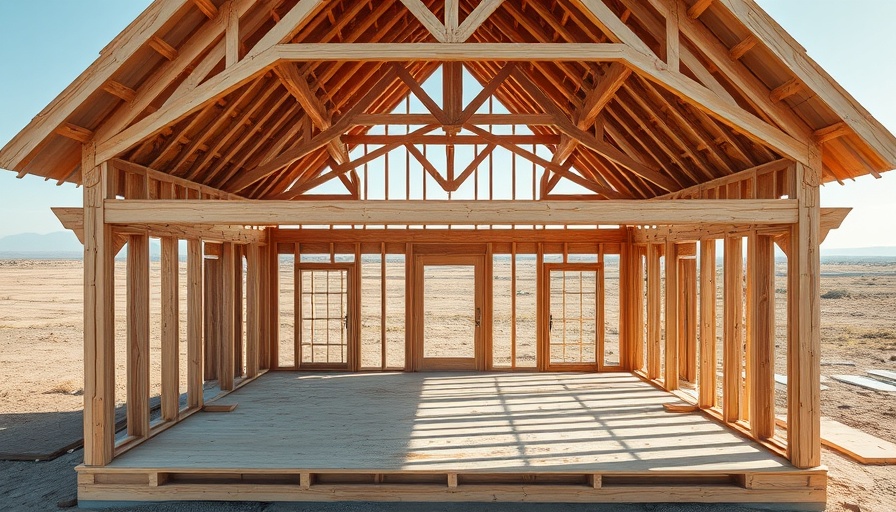
Decoding the Essentials of Construction Loans
Understanding construction loans goes beyond merely grasping the financial terms; it is integral to navigating the construction process successfully. When a client hires a contractor, the journey begins with a downpayment, but the actual funds necessary for construction come from a construction loan. This loan enables the contractor to source materials and pay laborers, bridging the gap between initial investment and completed project.
What Exactly Is a Construction Loan?
A construction loan is a specialized short-term loan designed specifically for financing the construction of a project, differentiating it from a mortgage that is spread out over a longer-term period. It encompasses all expenses from the initial ground-breaking to the completion of the build. Given the inherent risks involved—with the property serving as collateral while it is still under construction—lenders often require higher interest rates. For example, in 2020, the average interest rate hovered around 4.5%, a critical factor for cost-conscious developers and business owners alike.
Types of Construction Loans: Choose Wisely
One of the most significant aspects of understanding construction loans is knowing the options available. There are three primary types:
- Construction-to-Permanent Loans: These traditionally start as a higher adjustable-rate loan during the construction phase and convert into a fixed-rate mortgage upon project completion.
- Construction-Only Loans: These are high-interest, short-term loans exclusively for covering the construction costs with a typical duration of 12 months or less.
- Owner-Builder Loans: A niche option for homeowners who want to take on the role of general contractor themselves. These loans often demand a significant downpayment of 20-25%, emphasizing the risks associated with personal involvement in the construction.
The Draw Process: A Smart Way to Save
Unlike conventional loans disbursed in one lump sum, construction loans are released in phases known as draws. This structure aligns payment schedules with project milestones, allowing funds to be released as needed, reducing unnecessary interest costs. For contractors and business owners focused on financial prudence, this approach translates to significant savings.
Streamlining Construction Finance with CoFi
For today's business owners and facility managers, understanding the construction financing landscape is crucial not just for efficiency but also for enhancing profitability in an ever-competitive environment. Platforms like CoFi streamline the construction loan and payment processes, eliminating cumbersome paperwork and manual tracking, making financing straightforward and accessible. This innovation is especially beneficial in today's fast-paced construction climate where agility can dictate success.
Future Trends in Construction Loans
As we look ahead, the construction industry is increasingly integrating technology into its financial processes. Digital platforms are expected to play a crucial role in construction project management, aiding in everything from cash flow management to improved forecasting and risk assessment. By embracing these technologies, business owners can expect not only greater control over their financial commitments but also an enhanced ability to adapt to the constantly evolving construction landscape.
Final Thoughts: Navigating the Construction Loan Landscape
The construction fund acquisition journey is fraught with complexities but offers significant potential upside for strategically minded business owners and developers. Staying informed on the norms of construction loans can empower you to make financially sound decisions. As the industry evolves, so too should your strategies—arming yourself with knowledge is fundamental to navigating any financial endeavor in commercial construction effectively.
 Add Row
Add Row  Add
Add 




Write A Comment